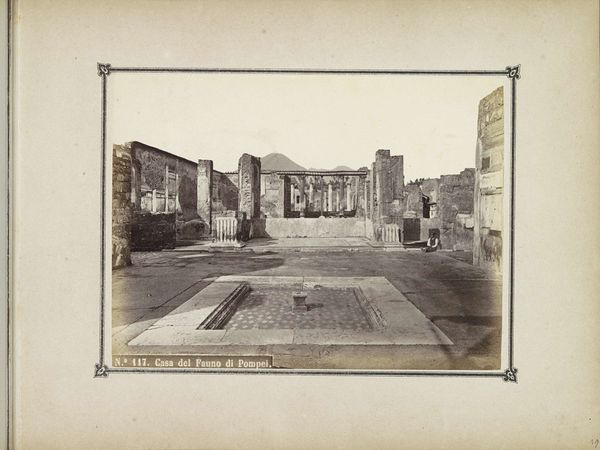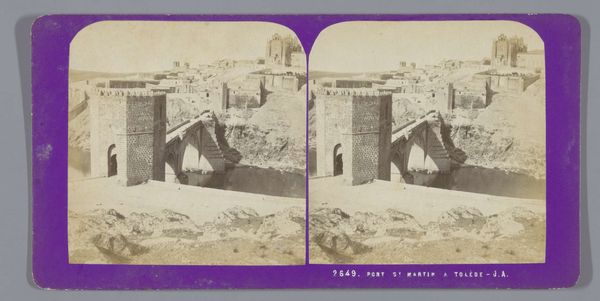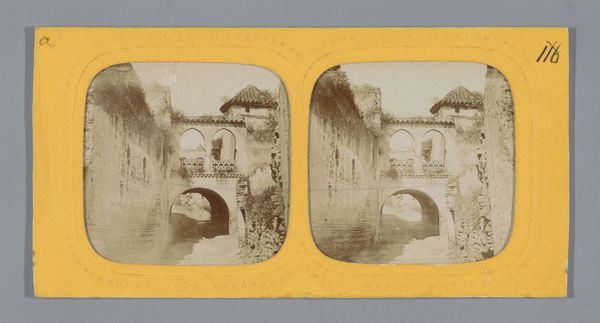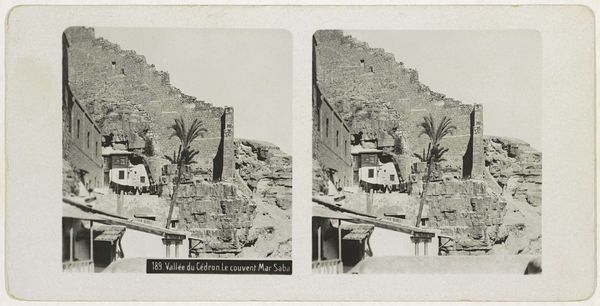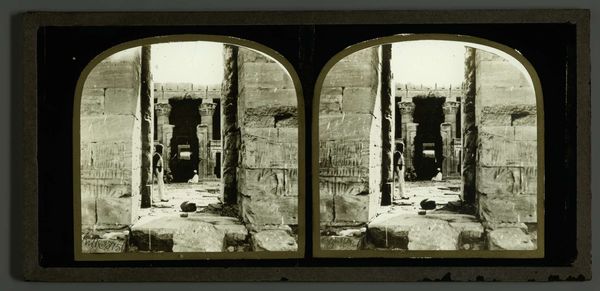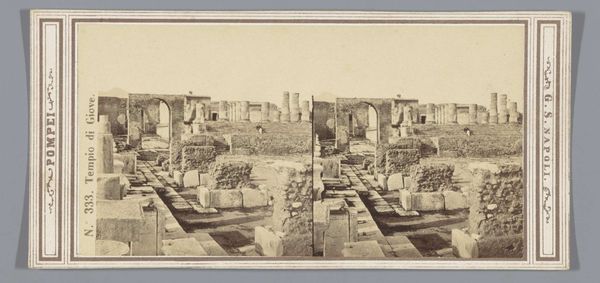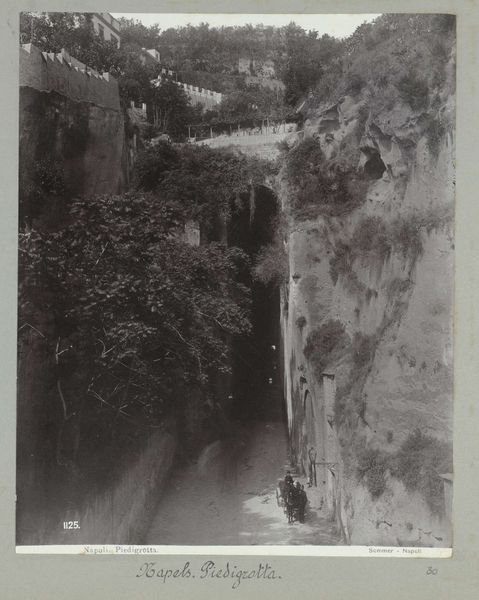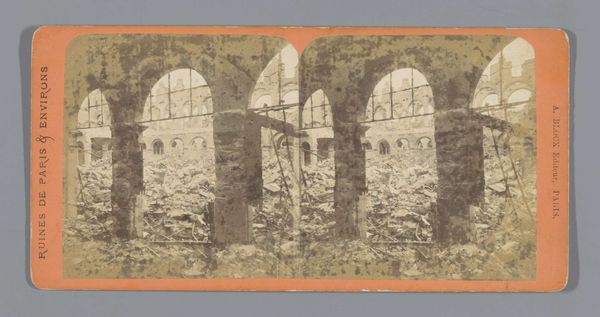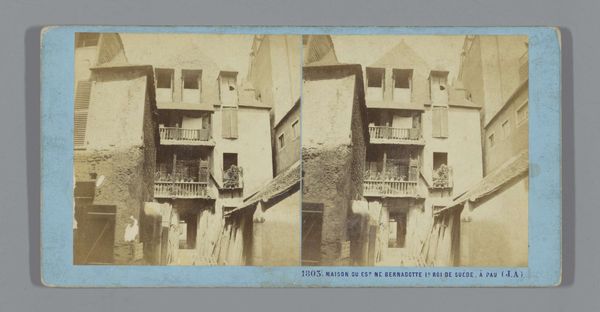
photography, albumen-print
#
sculpture
#
landscape
#
historic architecture
#
photography
#
islamic-art
#
albumen-print
#
historical building
#
statue
Dimensions: height 83 mm, width 170 mm
Copyright: Rijks Museum: Open Domain
Editor: This albumen print, taken sometime between 1860 and 1880 by Ferrier Pére-Fils et Soulier, depicts the House of Osman in Damascus. I find the stark contrast and the almost theatrical framing of the architecture quite striking. What do you see in this piece? Curator: Well, it’s important to remember how photographs like these circulated. As an albumen print, a relatively reproducible medium, images like this served a distinct purpose in the visual economy of 19th century Europe. These images brought the ‘Orient’ to European audiences, but through a very specific, often colonial lens. Notice how the scene is composed? Editor: You mean, almost like a stage set? Curator: Precisely. Consider what that implies. How does this constructed view influence the viewer’s understanding of Damascus, or the "Orient" generally? It also makes me wonder about access; who was allowed into this space to be photographed? Were they posing inhabitants of the home or others hired to fulfill that role? Editor: So it's not just a record, but also a performance for a Western audience? Curator: Exactly. And by framing the everyday through a photographic medium, what power dynamics are being subtly reinforced? Photography, in this period, played a key role in constructing and circulating ideas about other cultures, for better or worse. The Western gaze actively participated in the construction of difference. Editor: That makes me see this photograph in a completely new light – no pun intended! It’s far more than a pretty picture of an old building. It's a document deeply entangled with the politics of its time. Curator: And that's precisely why these images are worth studying; to understand not just what they show, but how they actively shaped perceptions and perpetuated ideologies.
Comments
No comments
Be the first to comment and join the conversation on the ultimate creative platform.

